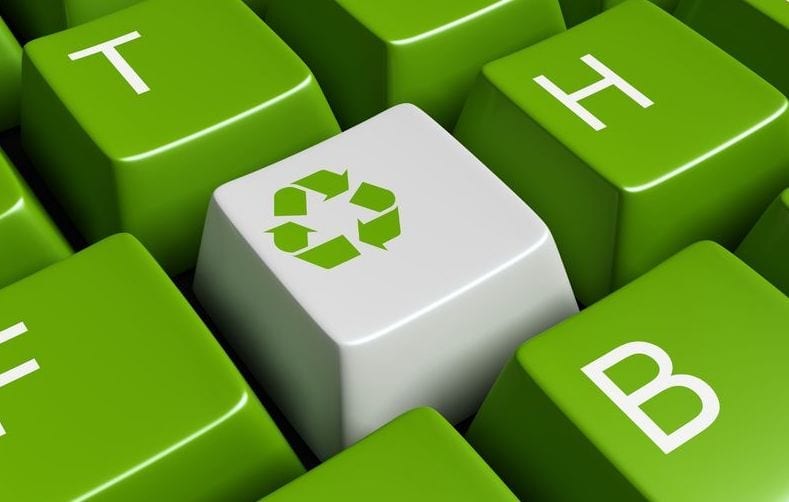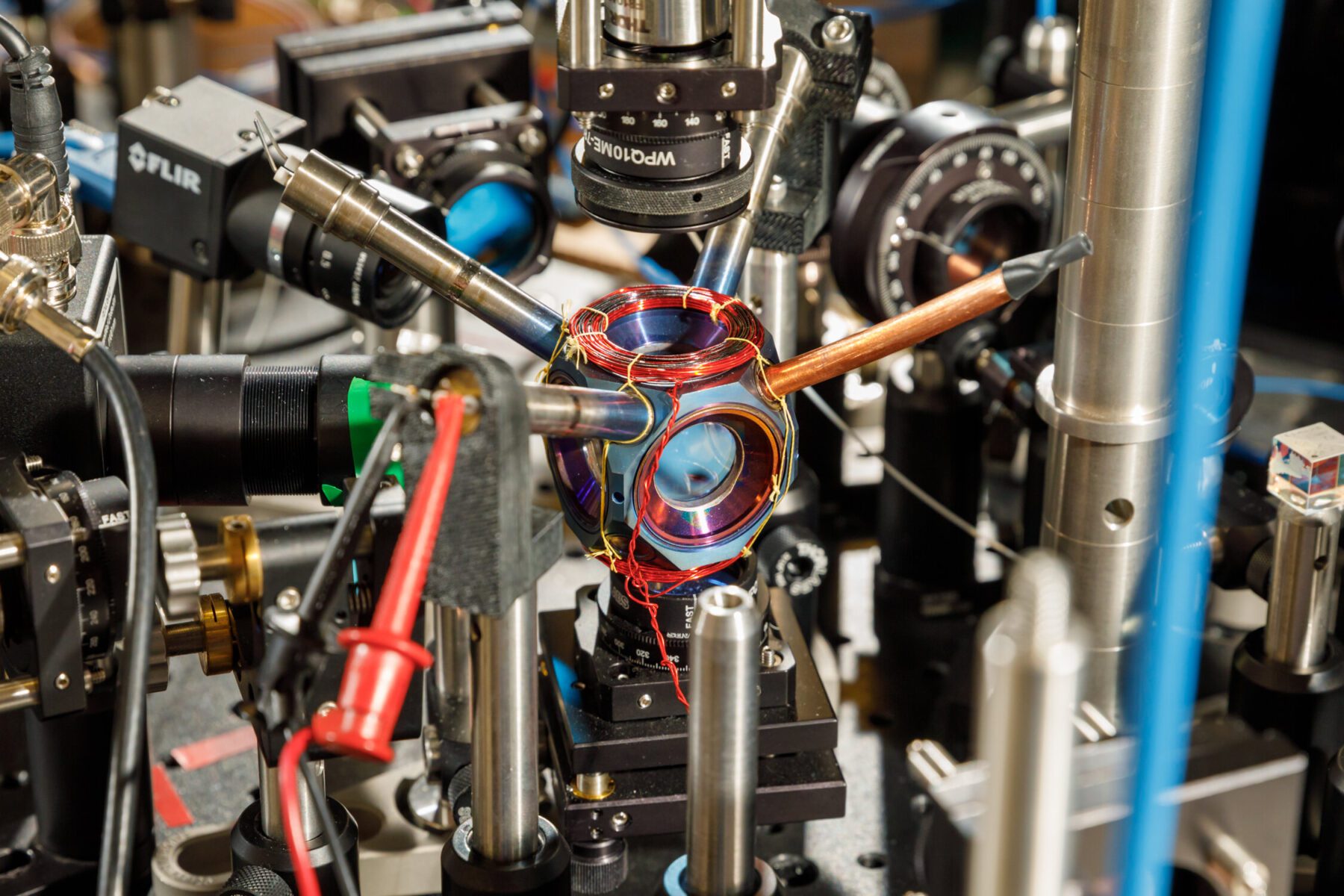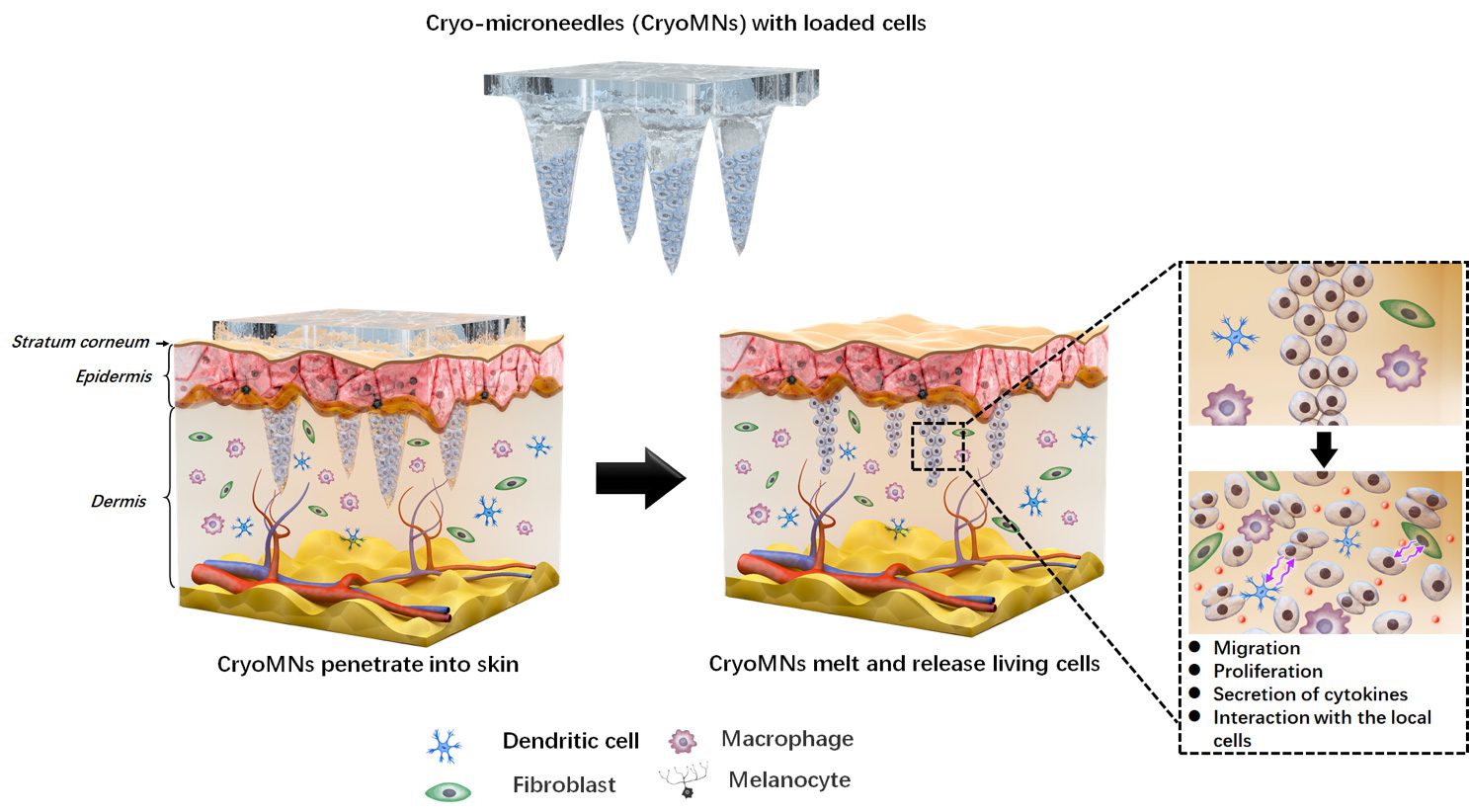
via UC Berkeley
Bacteria which have been shown to degrade and assimilate plastic, has been a key area of international research since 2016. Now a University of Manchester-based team of scientists have made a biotechnological breakthrough which may help humans to call on engineered bacteria cells to reduce our plastic waste.
PET plastic has long been a concern due to the sheer volume of plastic created globally and its impact through non-recycled waste on the environment of drinking bottles, take-away containers and micro plastics.
Part of the reason plastic is difficult to break down is its chemical structure, which is made up of monomers – small molecules which are bonded together to form polymers. To date there have been many studies on the ability of bacteria to degrade PET plastic down into the constituent monomers. However, there has been limited study on the ability of these bacteria to recognise and uptake the corresponding monomers into their cells.
In new research published today in the journal, Nature Communications, researchers from The Manchester Institute of Biotechnology studied the recognition potential of a key protein involved in cellular uptake of the monomer terephthalate (TPA), by the solute binding protein TphC.
The use of plastics is expected to triple by 2050 and often plastic packaging is used only once. Despite a rise in home and industrial recycling efforts there still exists a systemic problem but also a business opportunity. Developing microbial degradation of plastics could be key in tackling this global issue.
Understanding how bacteria recognise and degrade xenobiotic chemicals, is important both from an ecological and biotechnological perspective. Understanding at a molecular level how these plastic breakdown products are imported into bacteria cells means that we can then use transporters in engineered cells for bioremediation applications to address pressing environment concerns.
Dr Neil Dixon
The Manchester team used biochemical and structural techniques to determine how the substrate, TPA is recognised by TphC. Dr Neil Dixon, lead author of the research said: “Understanding how bacteria recognise and degrade xenobiotic chemicals, is important both from an ecological and biotechnological perspective. Understanding at a molecular level how these plastic breakdown products are imported into bacteria cells means that we can then use transporters in engineered cells for bioremediation applications to address pressing environment concerns.”
Using techniques which allowed the team to visualise the TphC in both open and closed conformations upon TPA binding, they then used genome mining approaches to discover homologous transporter proteins and also enzymes involved in TPA breakdown and assimilation.
These mined genomic parts provide a genetic resource for future biotechnological and metabolic engineering efforts towards circular plastic bio-economy solutions. There is great interest and potential in the use of engineered enzymes and microbes to degrade and assimilate waste plastic.
These new findings will now support the development engineered microbial cells for bio-remediation and bio-based recycling of plastic waste.
Original Article: Plastic-eating bacteria could help aid global recycling efforts
More from: University of Manchester
The Latest Updates from Bing News & Google News
Go deeper with Bing News on:
Bacteria breakdown plastics
- Biodegradable TPU with Bacterial Spores Shows Promise for Sustainable Materials
A new type of bioplastic could help reduce the plastic industry's environmental footprint. Researchers led by the University of California San Diego have developed a biodegradable form of ...
- Biodegradable ‘living plastic’ contains bacterial spores that break it down
Researchers at the University of California San Diego have developed an innovative biodegradable thermoplastic polyurethane ...
- This Plastic Is Embedded With Bacterial Spores That Break It Down After It’s Thrown Out
The approach resulted in 93 percent of the plastic biodegrading within five months, and even increased the strength and stretchability of the material.
- Revolutionary new plastic eats itself to biodegrade in landfills
According to their study, the new technique is potentially scalable and would open up new ways to dispose of unrecyclable TPUs. TPU, or thermoplastic polyurethane, is a tough type of plastic that we ...
- This ‘living plastic’ breaks down all by itself, thanks to bacteria
Researchers just created a biodegradable plastic using bacteria spores and thermoplastic polyurethane that could even benefit plants.
Go deeper with Google Headlines on:
Bacteria breakdown plastics
[google_news title=”” keyword=”bacteria breakdown plastics” num_posts=”5″ blurb_length=”0″ show_thumb=”left”]
Go deeper with Bing News on:
Plastic eating bacteria
- Researchers make a plastic that includes bacteria that can digest it
An international team of researchers has decided to take advantage of those strains and bundle plastic-eating bacteria into the plastic. To keep them from eating it while it's in use, the bacteria is mixed in as inactive spores that should (mostly—more on this below) only start digesting the plastic once it's released into the environment.
- Extra-strong spore-loaded plastic eats itself when it hits landfill
Scientists have demonstrated a creative solution to plastic pollution, one of our most pressing environmental problems. Plastic was embedded with spores of plastic-eating bacteria that are activated when dumped in landfill,
Go deeper with Google Headlines on:
Plastic eating bacteria
[google_news title=”” keyword=”plastic eating bacteria” num_posts=”5″ blurb_length=”0″ show_thumb=”left”]










